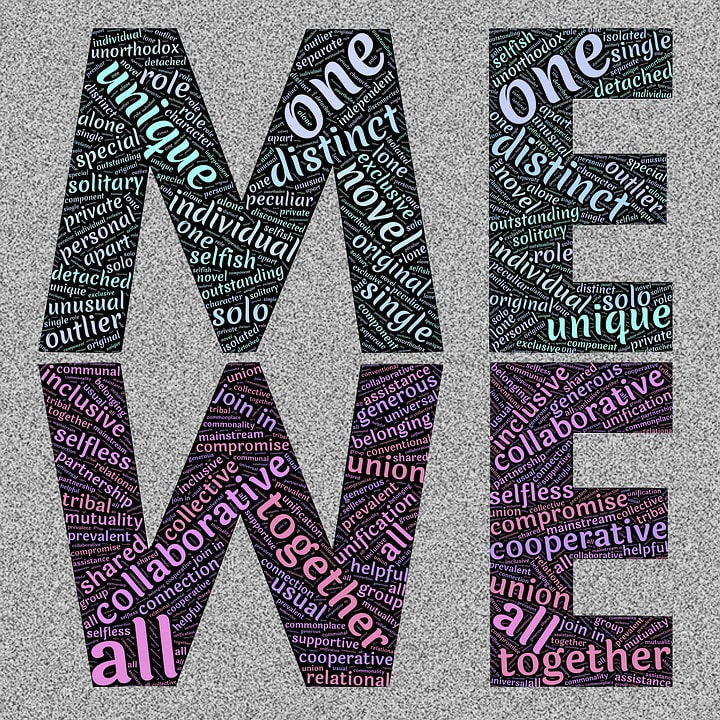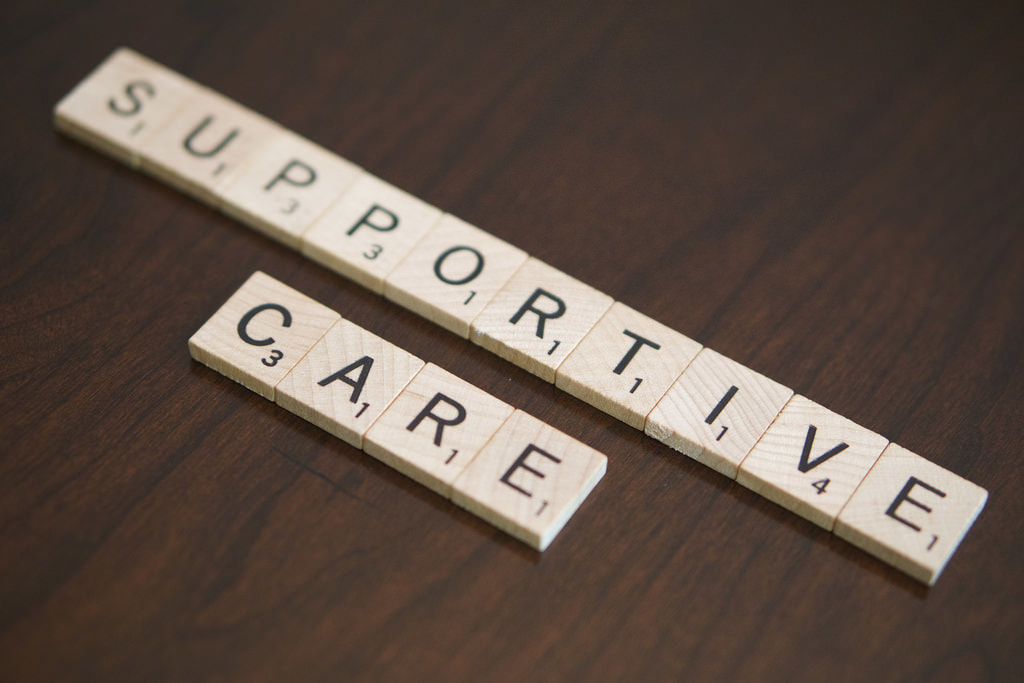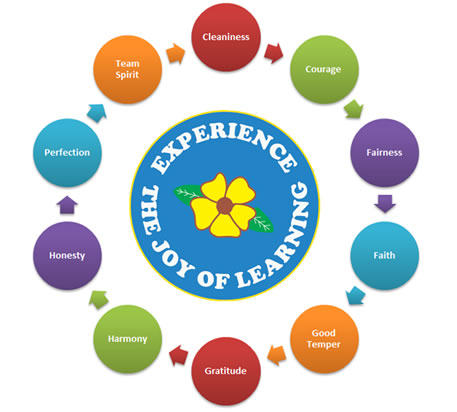| Unityoga.org |
Be Supportive |
Provide a nurturing learning environment. |
touchstones 5-8"Dozens of scholarly articles have (described) this widely affirmed quality of effective teachers--the ability to set high expectations while simultaneously nurturing student growth."
"Warm demanders: (teachers with) high personal warmth and high active demandingness" "One of the highest correlates of teacher effectiveness is teacher-student relationships." -Goodwin & Hubbell (2013) Touchstone Summaries and Evidence-Based Explanations Taken Directly from the Appendix in The 12 Touchstones of Good Teaching: What They Look Like and Why They're Important, Goodwin & Hubbell (2013)
|
|
|
WHY IT'S IMPORTANT
|
5. "Student motivation accounts for more variance in student success than ability. Studies have found, however, that student interest in core subjects declines as they progress through school. Providing students with learning choices can boost intrinsic motivation. In addition, our brains are hardwired to pay attention to novelty, puzzles, and problem solving."
|
6. "Research shows that students with weak relationships with teachers are more likely to disengage from school. Conversely, strong positive links have been found between student performance and teacher-student relationship variables, such as empathy, warmth, non-directivity, and sensitivity to students' social and emotional needs."
|
7. "Effective feedback has among the strongest influences on student success of any instructional practice. Feedback is most effective when it is linked to learning objectives and is non-controlling. It should also help students develop a growth mindset, seeing intelligence as a malleable trait."
|
8. "Many students find their schools to be unwelcoming places. Until more basic needs of safety and respect are met, students will find it difficult to learn. The most effective behavior management techniques balance punishments for misconduct with rewards for good behavior and also enlist the entire school community in enforcing clear expectations for behavior throughout the school."
|
12 Touchstones - navigation
|
Unityoga.org
one Y? one answer... |



